China doesn’t want our plastic crap anymore. What do we do with it now?
This week’s hot topic seems to be the banning of plastic waste. Google “petition, plastic,” I dare you. It’s as if the primary occupation of our progressive population is writing and circulating petitions. Moveon.org is a great place to start. They have a “petition” section where you can sign up to ban plastic bottles, straws, bags, and Styrofoam. I didn’t make it to the end of the list. Add that Trump is behind it, in favor of it, promoting it, etc. and people climb over each other to sign up. As though we haven’t been doing this for decades. China has absorbed nearly half of this waste since 1992. And now it has nowhere to go. But signing petitions isn’t going to solve the problem.
As long as it is cheaper to put it on a barge and send it to another country than to deal with it ourselves, we will. The outcry only comes when they no longer allow us to dump our cultural detritus into their environments—as China decided.
Plastics exported to China were often nasty, and had to be cleaned to remove food, grease, and other contaminants before they could be recycled. In 2013 China began to restrict waste imports to increase the quality. Operation “Green Fence” was followed by a total ban on nonindustrial plastic waste, effective January 1, 2018. Ah, there’s the rub, because nearly all of our plastic exports consist of single-use food packaging, including polyethylene, polypropylene, and polyethylene terephthalate. China finally decided it had enough waste of its own.

As the ban took effect, more than 6 billion metric tons of plastic waste had been produced worldwide. The journal “Science Advances” notes that “an estimated cumulative 111 million MT [metric tons] of plastic waste will be displaced by 2030. The displaced plastic waste is equal to nearly half (47%) of all plastic waste that has been imported globally since reporting began in 1988.” Keep in mind that half of that used to go to China. And the majority of it was ours.
China won’t be the last to refuse imports of plastic waste. They and other countries with growing economies are looking for places to send theirs. But we are running out of places. Countries in Southeast Asia are seeing an increase in their own plastic waste, and most do not have the infrastructure to deal with it.
“Science Advances” also notes that “Only 9% of plastic waste has been recycled globally, with the overwhelming majority of global plastic waste being landfilled or ending up contaminating the environment (80%), resulting in an estimated 4 million to 12 million MT of waste plastic entering the oceans annually.”
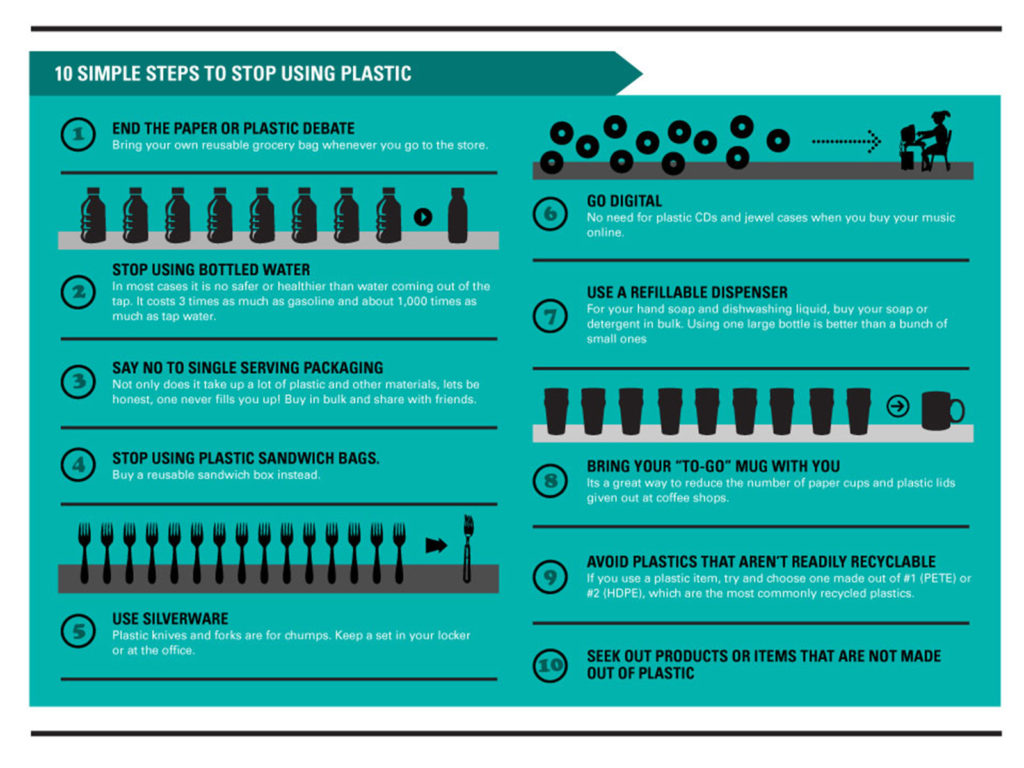
It’s hard to picture this amount of waste, but as a comparison, the United Nations estimates that approximately half a million pounds of contact lenses are part of waste in the United States alone. Now I’m not suggesting that we return to wearing glasses, but maybe we should give a second thought to putting a filtering system into the shopping cart instead of two cases of single-serving bottled water.
Otherwise, when the day comes that no one will take our waste, we can plan on digging a great big hole in the backyard.
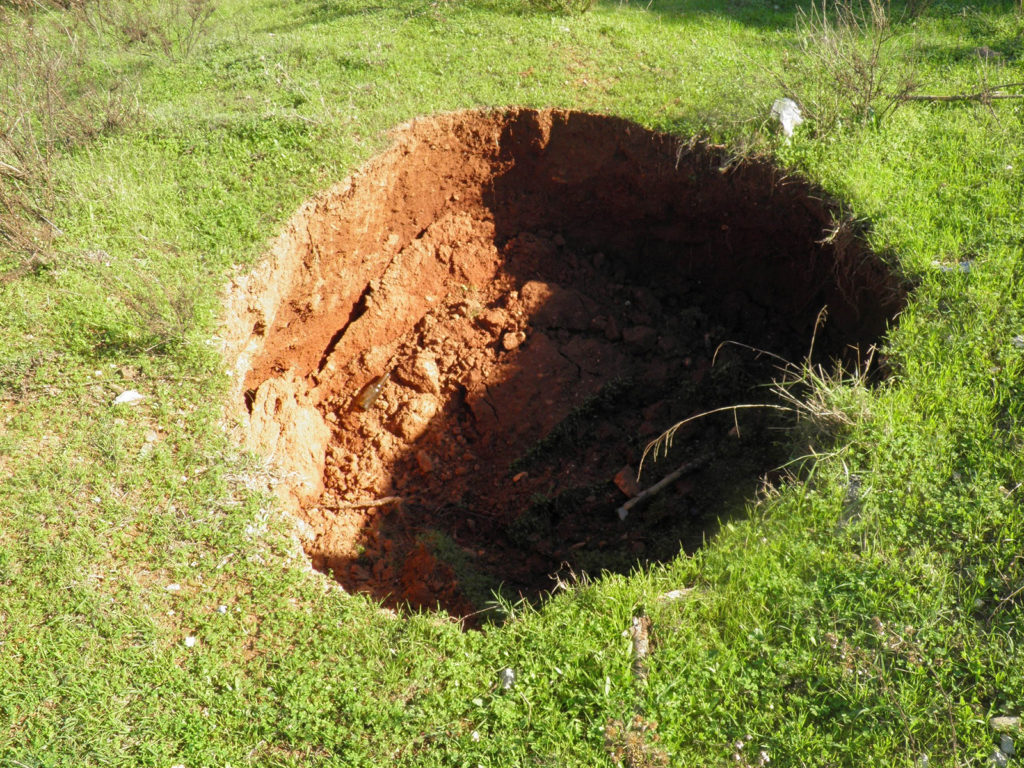





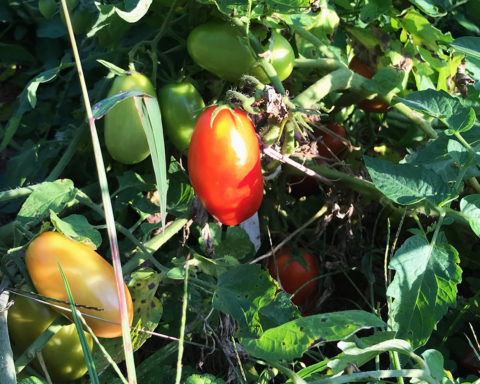
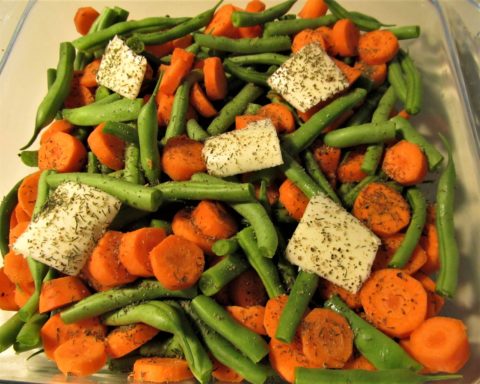
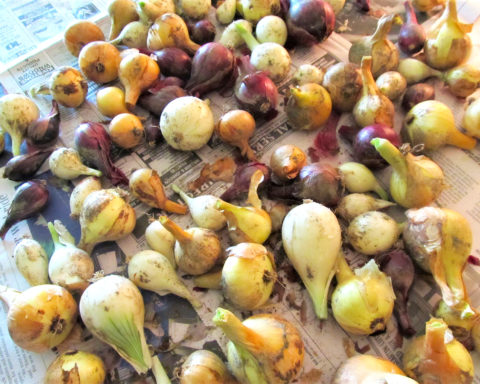









You must be logged in to post a comment.